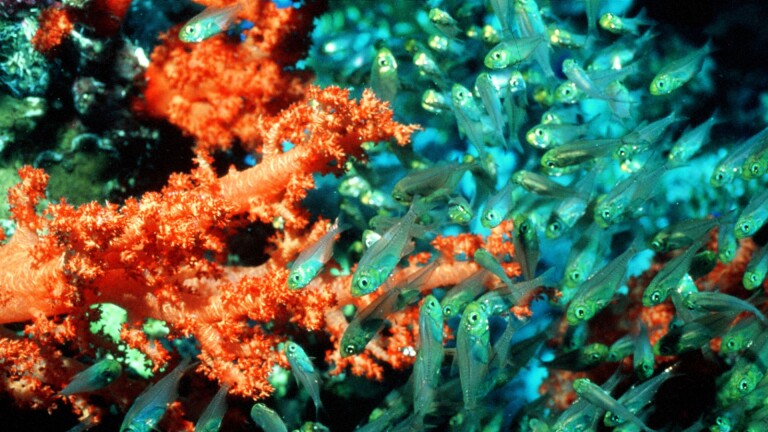Future of Food: San Diego
The U.S. is the largest importer of seafood, with 91 percent of our seafood coming primarily from China. As the global demand for food is expected to double by 2050, researchers are turning to aquaculture to look for ways to breed, raise and harvest seafood in sustainable — and scalable — fish farms off the U.S. coast to improve our access to quality seafood without the carbon footprint of imported fish. This segment explores efforts to build the first open-ocean fish farm in the United States. Proponents say we could have the ability to farm as much as the total global wild catch within an area the size of Lake Michigan. Experts weigh in on whether innovation in aquaculture is outpacing federal regulation and threatening local fishing culture.


















